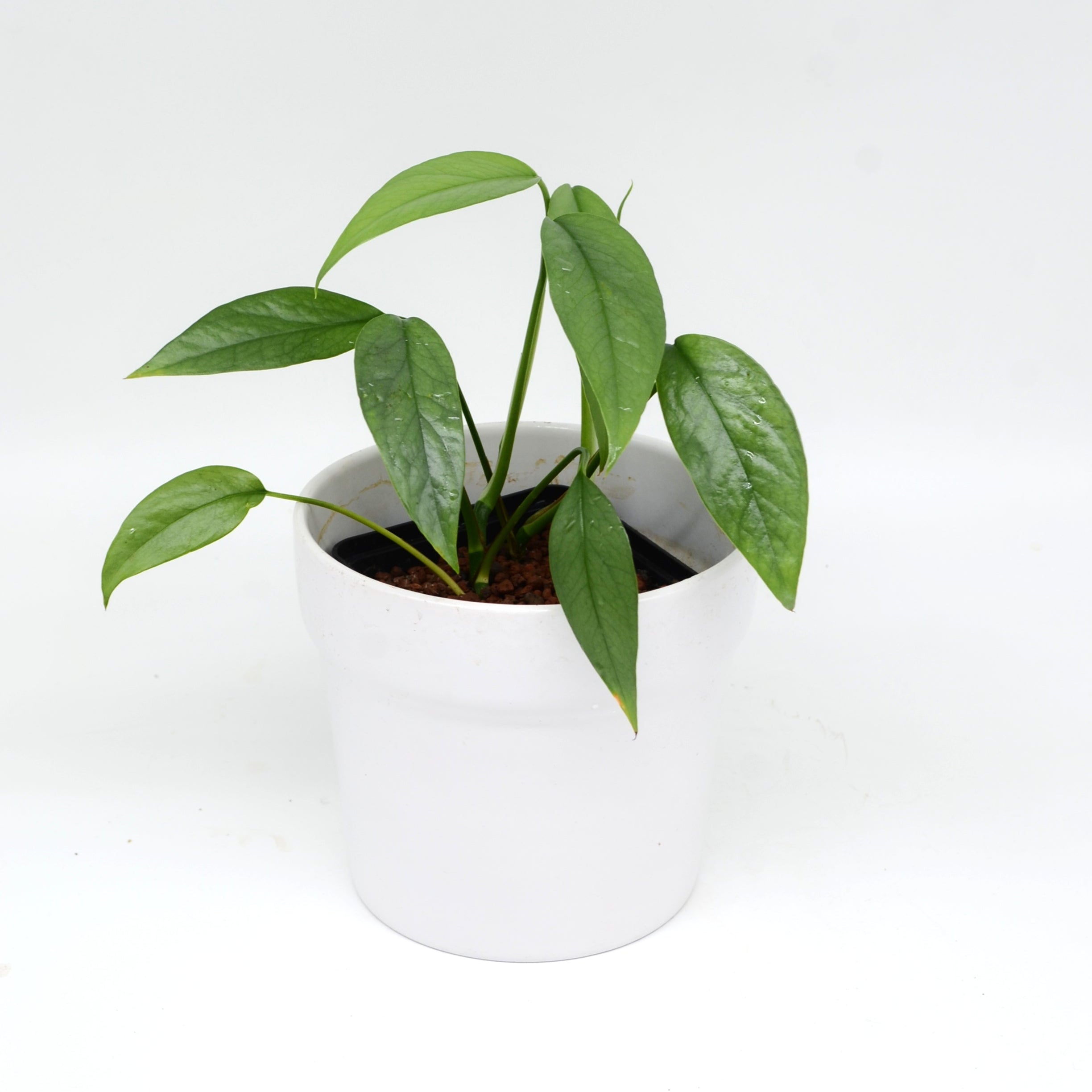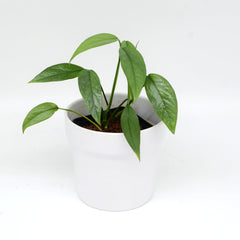Popular Products
Example product title
- €30,00
- €30,00
- Unit price
- / per
Example product title
- €30,00
- €30,00
- Unit price
- / per
Example product title
- €30,00
- €30,00
- Unit price
- / per
Popular Products
Example product title
- €30,00
- €30,00
- Unit price
- / per
Example product title
- €30,00
- €30,00
- Unit price
- / per
Example product title
- €30,00
- €30,00
- Unit price
- / per
Popular Products
Example product title
- €30,00
- €30,00
- Unit price
- / per
Example product title
- €30,00
- €30,00
- Unit price
- / per
Example product title
- €30,00
- €30,00
- Unit price
- / per
Vihreää hyvinvointia kasveista maisemiin ja luoviin ratkaisuihin
Törnroos Plants yhdistää hortonomisen osaamisen, vastuullisen viljelyn ja luovan suunnittelun. Kasvatamme puolihydroissa viihtyviä huonekasveja, toteutamme ekologista maisemointia ja autamme yrityksiä rakentamaan vihreitä, vaikuttavia brändejä.


Epipremnum pinnatum 'Cebu blue'
Epipremnum pinnatum 'Cebu blue' is a bluish variety of golden pothos that grows into a lobed leaf form as it matures. Like most vine plants, it thrives better when allowed to climb. This variety also does well in hanging baskets.
The plant is shipped potted in hydro soil, in a 9 cm pot (diameter 9 cm, height 7 cm). A hydrometer (09/07) is available for separate purchase.
Epipremnum, commonly golden pothos
The genus of golden pothos includes a number of iconic vines. The vines climb on the surfaces of trees using their aerial roots. The roots can appear as small bumps on the opposite side of the leaf petiole or as long aerial roots hanging down to the ground. The best-known member of the Epipremnum genus is the golden pothos (Epipremnum aureum) due to its ease of care and vigorous growth habit. Its striking leaves can range in color from pure white to golden yellow. Some species, such as Epipremnum pinnatum, develop lobed leaves as they age, even indoors.
Golden pothos benefit from climbing on a support pole; using a moss pole and regularly moistening it helps the aerial roots attach to the support. By providing moisture to the aerial roots, you improve the plant's vital functions. All species of the genus are also excellent for hanging baskets.
All parts of the golden pothos are toxic. In practice, the plant's sap should be avoided from touching, for example, when cutting the plant, and your pet should not eat parts of the plant. The milky sap of the golden pothos can cause skin reactions if it stays on the skin.
- €30,00
- €30,00
- Unit price
- / per
Description
xEpipremnum pinnatum 'Cebu blue' is a bluish variety of golden pothos that grows into a lobed leaf form as it matures. Like most vine plants, it thrives better when allowed to climb. This variety also does well in hanging baskets.
The plant is shipped potted in hydro soil, in a 9 cm pot (diameter 9 cm, height 7 cm). A hydrometer (09/07) is available for separate purchase.
Epipremnum, commonly golden pothos
The genus of golden pothos includes a number of iconic vines. The vines climb on the surfaces of trees using their aerial roots. The roots can appear as small bumps on the opposite side of the leaf petiole or as long aerial roots hanging down to the ground. The best-known member of the Epipremnum genus is the golden pothos (Epipremnum aureum) due to its ease of care and vigorous growth habit. Its striking leaves can range in color from pure white to golden yellow. Some species, such as Epipremnum pinnatum, develop lobed leaves as they age, even indoors.
Golden pothos benefit from climbing on a support pole; using a moss pole and regularly moistening it helps the aerial roots attach to the support. By providing moisture to the aerial roots, you improve the plant's vital functions. All species of the genus are also excellent for hanging baskets.
All parts of the golden pothos are toxic. In practice, the plant's sap should be avoided from touching, for example, when cutting the plant, and your pet should not eat parts of the plant. The milky sap of the golden pothos can cause skin reactions if it stays on the skin.
Related Products
- €30,00
- €30,00
- Unit price
- / per
- €30,00
- €30,00
- Unit price
- / per
- €30,00
- €30,00
- Unit price
- / per
- €30,00
- €30,00
- Unit price
- / per
- €30,00
- €30,00
- Unit price
- / per
- €30,00
- €30,00
- Unit price
- / per
- €30,00
- €30,00
- Unit price
- / per
- €30,00
- €30,00
- Unit price
- / per
- €30,00
- €30,00
- Unit price
- / per
- €30,00
- €30,00
- Unit price
- / per
Recently Viewed Products
- €30,00
- €30,00
- Unit price
- / per
- €30,00
- €30,00
- Unit price
- / per
- €30,00
- €30,00
- Unit price
- / per
- €30,00
- €30,00
- Unit price
- / per
- €30,00
- €30,00
- Unit price
- / per
- €30,00
- €30,00
- Unit price
- / per
- €30,00
- €30,00
- Unit price
- / per
- €30,00
- €30,00
- Unit price
- / per
- €30,00
- €30,00
- Unit price
- / per
- €30,00
- €30,00
- Unit price
- / per
- Choosing a selection results in a full page refresh.

